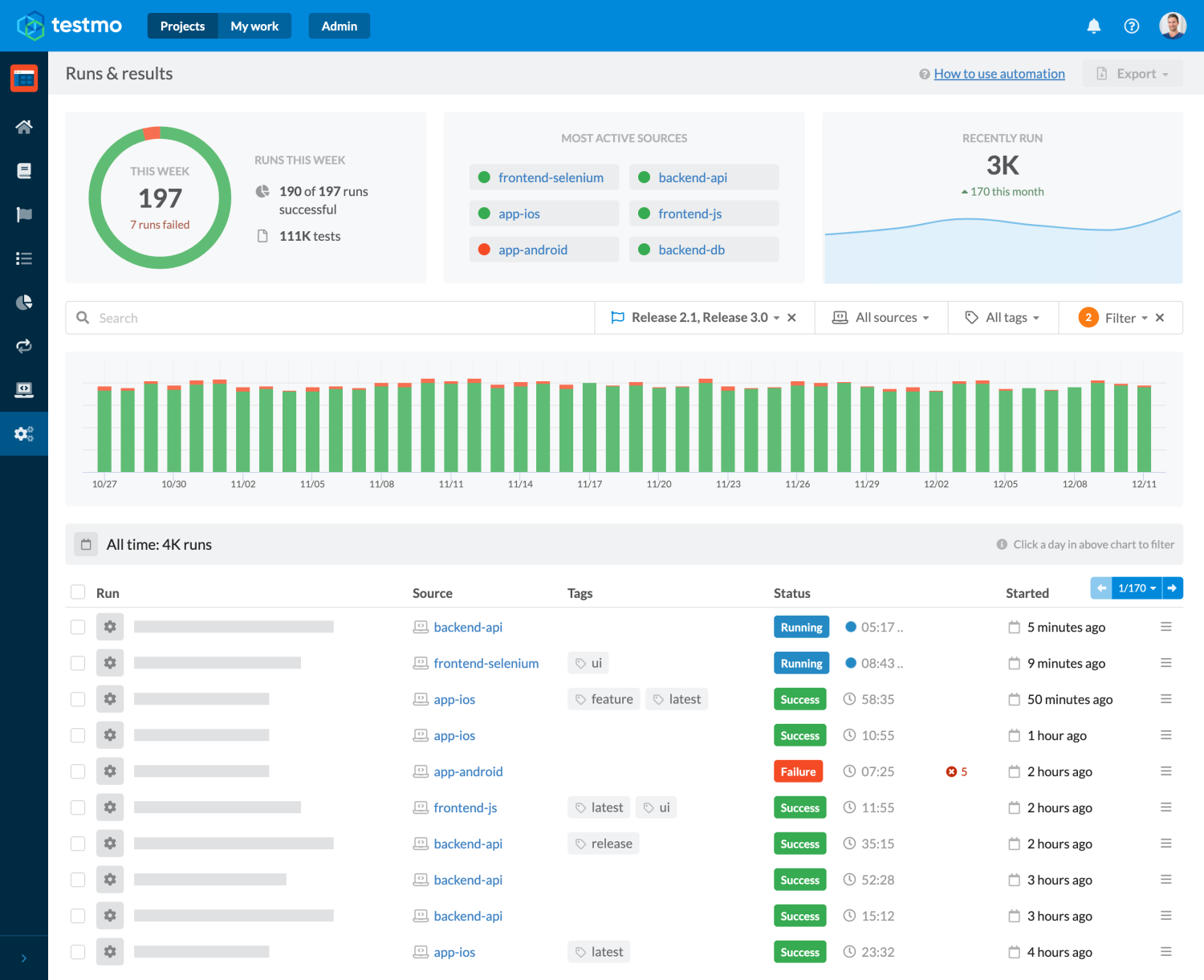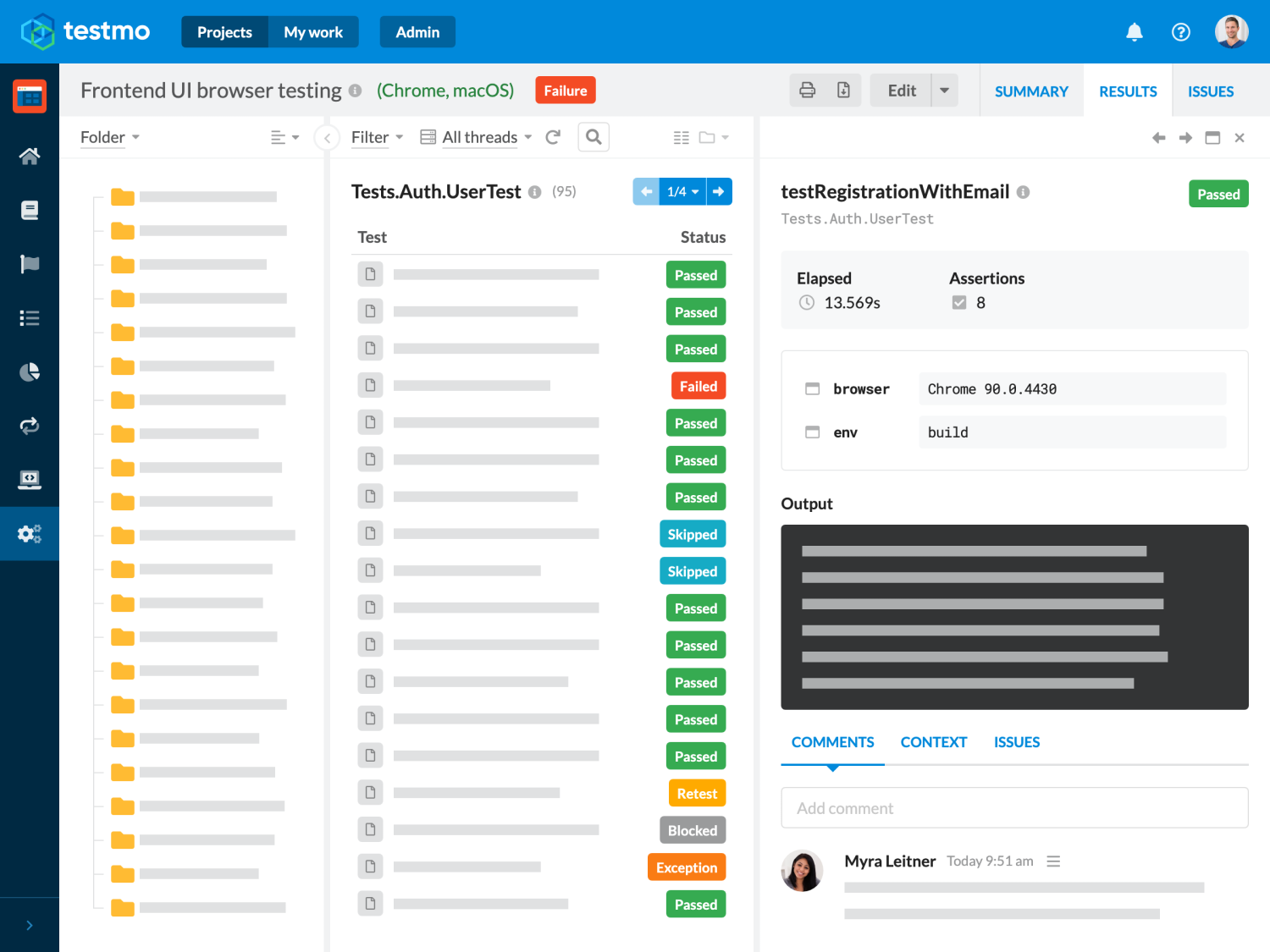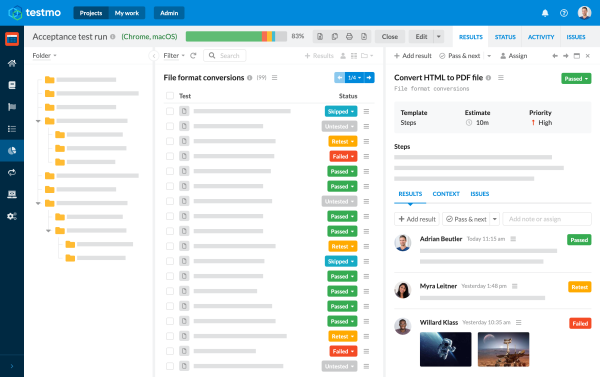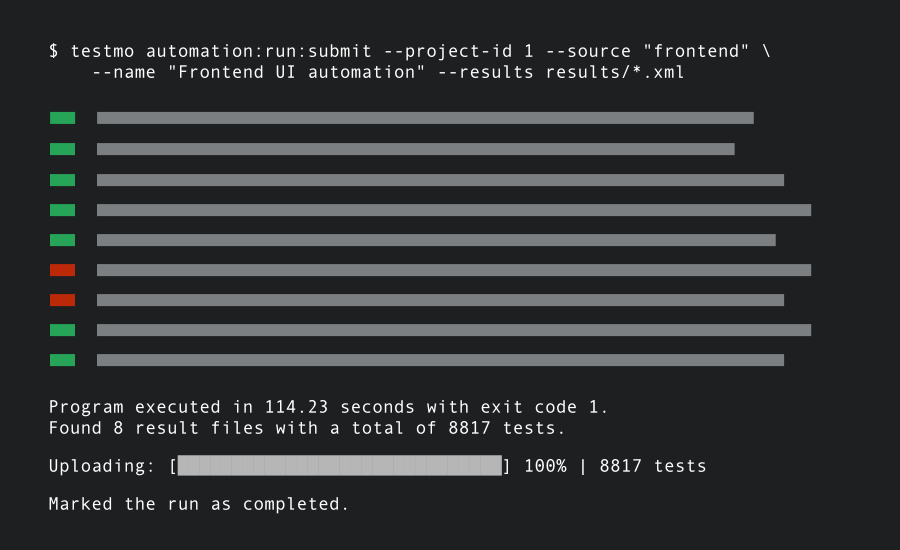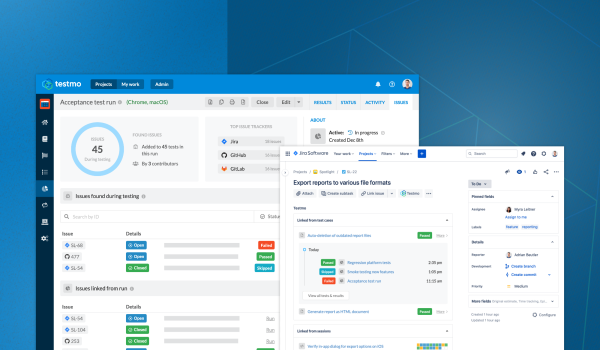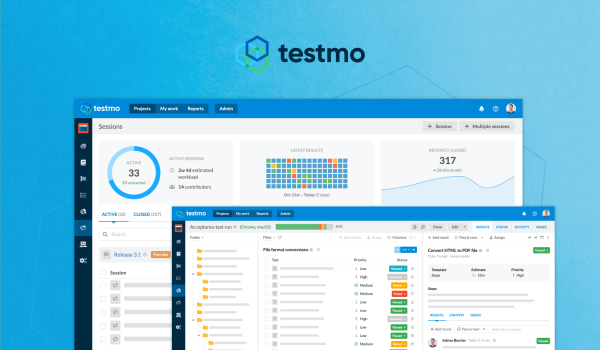Are you a software tester and want to learn test automation? More and more teams are investing in large test automation suites, as this allows them to release software faster and automate slow and repetitive tasks. So learning test automation will make you a much more valuable and productive team member. You will also have extra time to focus on more creative QA efforts such as exploratory testing.
Not just that, but many testers find that learning test automation and learning how to program also helps them get a better understanding of the apps they test. So learning test automation not just helps you automate parts of your job, it also improves your manual testing game.
There's yet another benefit to learning test automation: if you are currently a tester and your career goal is to enter software development eventually, learning test automation is a great path to becoming a programmer. You will already be familiar with basic programming, know the tools the team uses and be a productive contributor from day one.
This article is a comprehensive guide for everyone serious about learning test automation. So lets get started and dive directly into it! 👍





